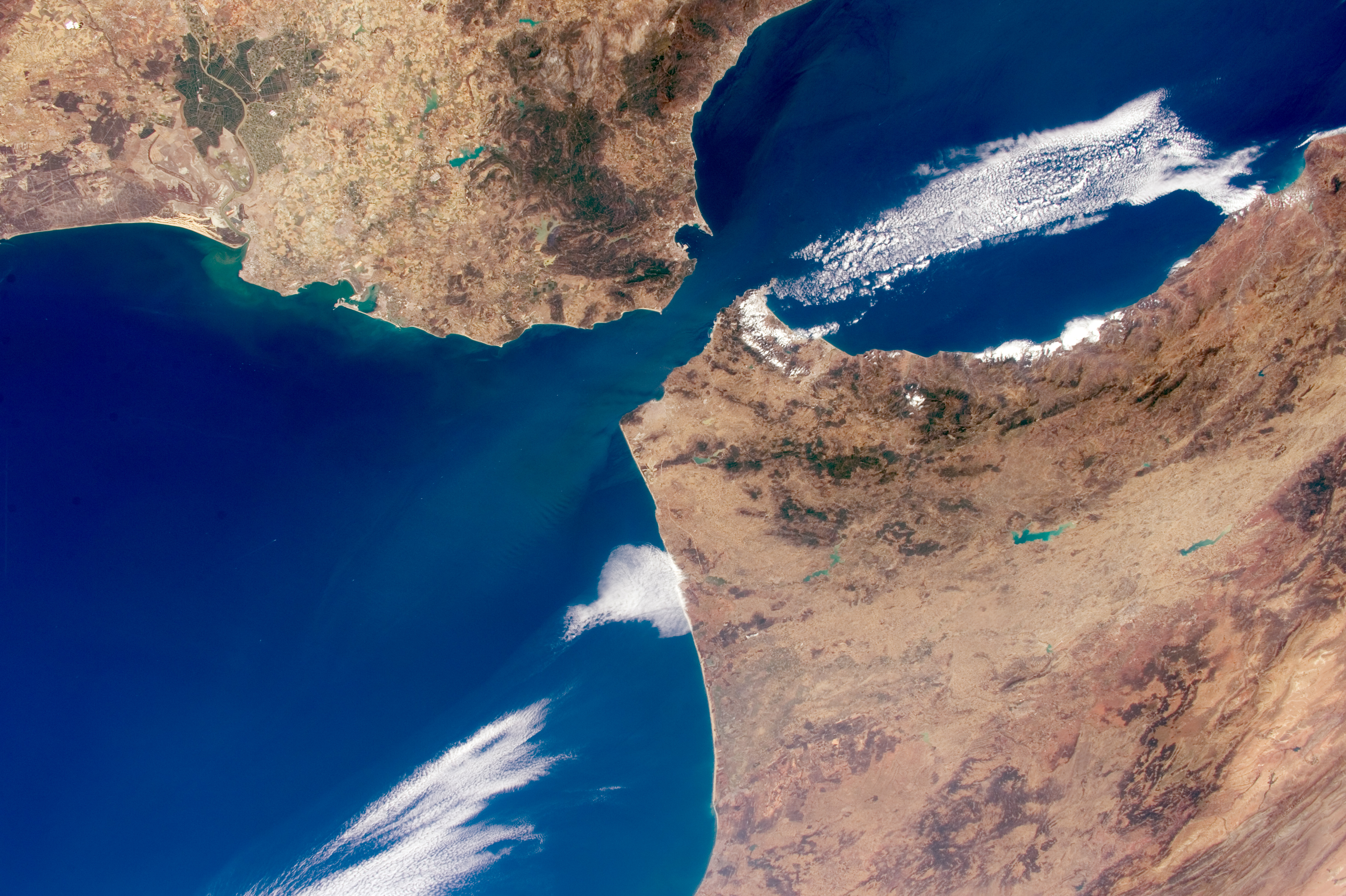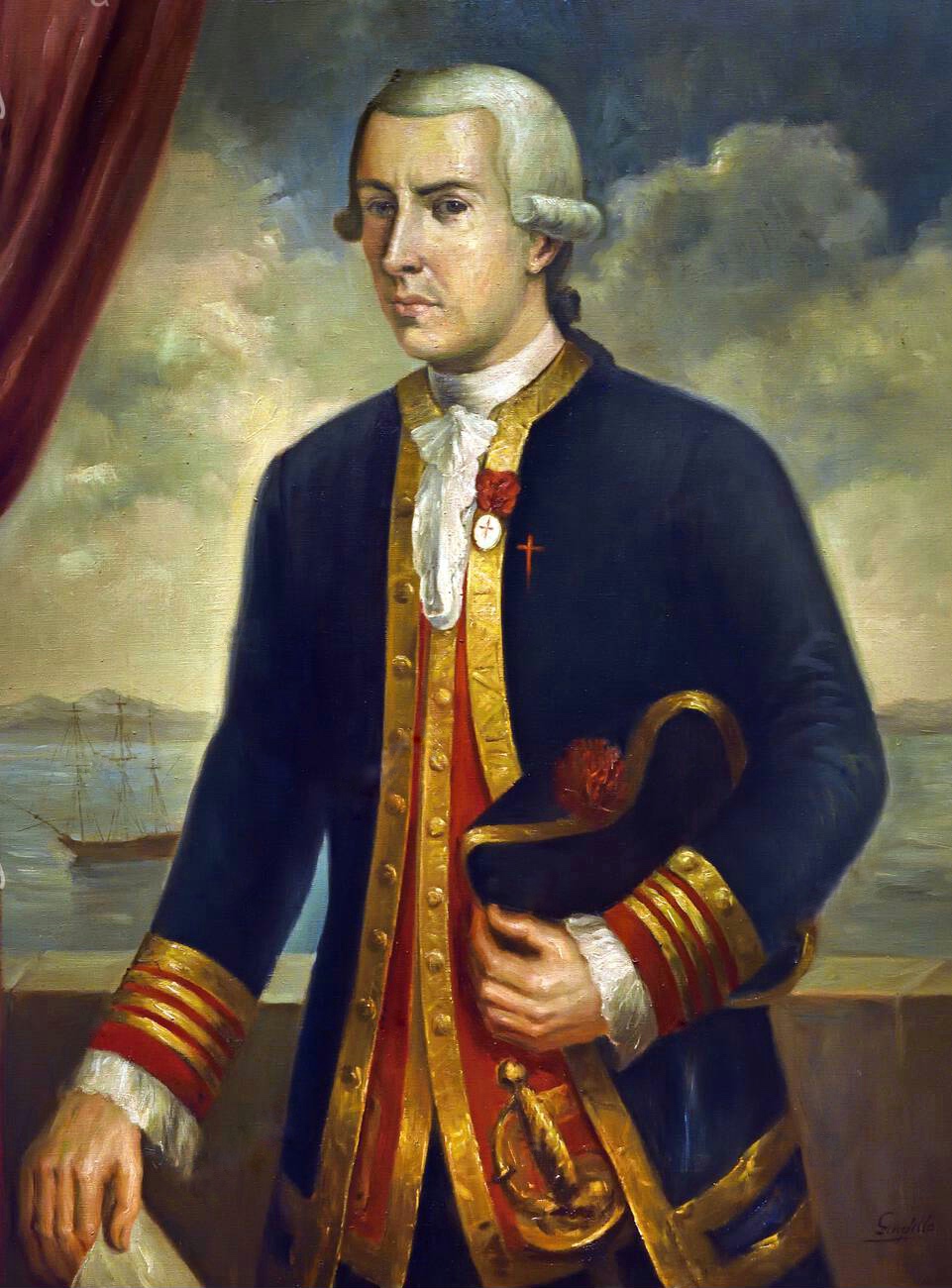|
Tongass Passage
Tongass Passage is a strait on the Canada–United States border between Alaska and British Columbia, located on the southwest side of Wales Island. Wales Island, and Pearse Island, to its northeast, were claimed by the United States prior to the settlement of the Alaska boundary dispute in 1903. Prior to that time, numerous American-owned canneries lined its shores. Canadian claims to the islands were affirmed in the Alaska Boundary Settlement of 1903, in which Tongass Passage, Pearse Canal and the Portland Canal were defined as comprising "Portland Channel", a term first used in the Anglo-Russian Treaty of 1825 as part of the marine boundary between Russian America and British claims in the region, but which remained undefined until the boundary settlement. See also *Dixon Entrance *Portland Inlet * Fort Tongass *Tongass Island Tongass Island, historically also spelled Tongas Island, is an island in the southern Alaska Panhandle, near the marine boundary with Canada at 54� ... [...More Info...] [...Related Items...] OR: [Wikipedia] [Google] [Baidu] |
Strait
A strait is an oceanic landform connecting two seas or two other large areas of water. The surface water generally flows at the same elevation on both sides and through the strait in either direction. Most commonly, it is a narrow ocean channel that lies between two land masses. Some straits are not navigable, for example because they are either too narrow or too shallow, or because of an unnavigable reef or archipelago. Straits are also known to be loci for sediment accumulation. Usually, sand-size deposits occur on both the two opposite strait exits, forming subaqueous fans or deltas. Terminology The terms '' channel'', ''pass'', or ''passage'' can be synonymous and used interchangeably with ''strait'', although each is sometimes differentiated with varying senses. In Scotland, '' firth'' or ''Kyle'' are also sometimes used as synonyms for strait. Many straits are economically important. Straits can be important shipping routes and wars have been fought for contr ... [...More Info...] [...Related Items...] OR: [Wikipedia] [Google] [Baidu] |
Russian America
Russian America (russian: Русская Америка, Russkaya Amerika) was the name for the Russian Empire's colonial possessions in North America from 1799 to 1867. It consisted mostly of present-day Alaska in the United States, but also included small outposts in California, including Fort Ross, and three forts in Hawaii, including Russian Fort Elizabeth. Russian Creole settlements were concentrated in Alaska, including the capital, Novo-Arkhangelsk (''New Arkhangelsk''), which is now Sitka. After first landing in Alaska in 1741, Vitus Bering claimed the Alaskan country for the Russian Empire. Russia later confirmed its rule over the territory with the ''Ukase'' of 1799 which established the southern border of Russian America along the 55th parallel north.United Kingdom of Great Britain and Ireland''Text of Ukase of 1779''in ''Behring sea arbitration'' (London: Harrison and Sons, 1893), pp. 25-27 The decree also provided monopolistic privileges to the state-spon ... [...More Info...] [...Related Items...] OR: [Wikipedia] [Google] [Baidu] |
History Of British Columbia
The history of British Columbia covers the period from the arrival of Paleo-Indians thousands of years ago to the present day. Prior to European colonization, the lands encompassing present-day British Columbia were inhabited for millennia by a number of First Nations in Canada, First Nations. Several European expeditions to the region were undertaken in the late 18th and early 19th centuries. After the Oregon dispute, Oregon boundary dispute between the UK and US government was resolved in 1846, the colony of Vancouver Island, colonies of Vancouver Island and Colony of British Columbia (1858–1866), colony of British Columbia were established; the former in 1849 and the latter in 1858. The two colonies were merged to form a Colony of British Columbia (1866–1871), single colony in 1866, which later joined the Canadian Confederation on 20 July 1871. An influential historian of British Columbia, Margaret Ormsby, presented a structural model of the province's history in ''Briti ... [...More Info...] [...Related Items...] OR: [Wikipedia] [Google] [Baidu] |
International Straits
International is an adjective (also used as a noun) meaning "between nations". International may also refer to: Music Albums * ''International'' (Kevin Michael album), 2011 * ''International'' (New Order album), 2002 * ''International'' (The Three Degrees album), 1975 *''International'', 2018 album by L'Algérino Songs * The Internationale, the left-wing anthem * "International" (Chase & Status song), 2014 * "International", by Adventures in Stereo from ''Monomania'', 2000 * "International", by Brass Construction from ''Renegades'', 1984 * "International", by Thomas Leer from ''The Scale of Ten'', 1985 * "International", by Kevin Michael from ''International'' (Kevin Michael album), 2011 * "International", by McGuinness Flint from ''McGuinness Flint'', 1970 * "International", by Orchestral Manoeuvres in the Dark from '' Dazzle Ships'', 1983 * "International (Serious)", by Estelle from '' All of Me'', 2012 Politics * Political international, any transnational organization ... [...More Info...] [...Related Items...] OR: [Wikipedia] [Google] [Baidu] |
Straits Of The Pacific Ocean
A strait is an oceanic landform connecting two seas or two other large areas of water. The surface water generally flows at the same elevation on both sides and through the strait in either direction. Most commonly, it is a narrow ocean channel that lies between two land masses. Some straits are not navigable, for example because they are either too narrow or too shallow, or because of an unnavigable reef or archipelago. Straits are also known to be loci for sediment accumulation. Usually, sand-size deposits occur on both the two opposite strait exits, forming subaqueous fans or deltas. Terminology The terms '' channel'', ''pass'', or ''passage'' can be synonymous and used interchangeably with ''strait'', although each is sometimes differentiated with varying senses. In Scotland, ''firth'' or ''Kyle'' are also sometimes used as synonyms for strait. Many straits are economically important. Straits can be important shipping routes and wars have been fought for control of ... [...More Info...] [...Related Items...] OR: [Wikipedia] [Google] [Baidu] |
Straits Of British Columbia
A strait is an oceanic landform connecting two seas or two other large areas of water. The surface water generally flows at the same elevation on both sides and through the strait in either direction. Most commonly, it is a narrow ocean channel that lies between two land masses. Some straits are not navigable, for example because they are either too narrow or too shallow, or because of an unnavigable reef or archipelago. Straits are also known to be loci for sediment accumulation. Usually, sand-size deposits occur on both the two opposite strait exits, forming subaqueous fans or deltas. Terminology The terms ''channel'', ''pass'', or ''passage'' can be synonymous and used interchangeably with ''strait'', although each is sometimes differentiated with varying senses. In Scotland, ''firth'' or ''Kyle'' are also sometimes used as synonyms for strait. Many straits are economically important. Straits can be important shipping routes and wars have been fought for control of them. ... [...More Info...] [...Related Items...] OR: [Wikipedia] [Google] [Baidu] |
Straits Of Alaska
A strait is an oceanic landform connecting two seas or two other large areas of water. The surface water generally flows at the same elevation on both sides and through the strait in either direction. Most commonly, it is a narrow ocean channel that lies between two land masses. Some straits are not navigable, for example because they are either too narrow or too shallow, or because of an unnavigable reef or archipelago. Straits are also known to be loci for sediment accumulation. Usually, sand-size deposits occur on both the two opposite strait exits, forming subaqueous fans or deltas. Terminology The terms '' channel'', ''pass'', or ''passage'' can be synonymous and used interchangeably with ''strait'', although each is sometimes differentiated with varying senses. In Scotland, ''firth'' or ''Kyle'' are also sometimes used as synonyms for strait. Many straits are economically important. Straits can be important shipping routes and wars have been fought for control of ... [...More Info...] [...Related Items...] OR: [Wikipedia] [Google] [Baidu] |
Tongass Island
Tongass Island, historically also spelled Tongas Island, is an island in the southern Alaska Panhandle, near the marine boundary with Canada at 54–40 N. It was the site of Fort Tongass, which was established shortly after the Alaska Purchase as a customs port for travelers bound from British Columbian waters to the Stikine River, which was one of the main routes of access to the Cassiar Gold Rush of the 1870s. It lies west of Port Tongass in Nakat Bay, adjacent to the Dixon Entrance and is 0.8 miles in length. Its Native Alaskan name "Kut-tuk-wah" was published in 1869 by the United States Coast and Geodetic Survey; its current name was first published in 1891. See also *Tongass National Forest The Tongass National Forest () in Southeast Alaska is the largest U.S. National Forest at . Most of its area is temperate rain forest and is remote enough to be home to many species of endangered and rare flora and fauna. The Tongass, which is ... References Islands of th ... [...More Info...] [...Related Items...] OR: [Wikipedia] [Google] [Baidu] |
Fort Tongass
Fort Tongass was a United States Army base on Tongass Island, in the southernmost Alaska Panhandle, located adjacent to the village of the group of Tlingit people on the east side of the island.Sealaska Heritage website Fort Tongass was the first US Army base established in Alaska following its purchase from the Russian Empire in 1867 and was garrisoned by the under the command of Captain ... [...More Info...] [...Related Items...] OR: [Wikipedia] [Google] [Baidu] |
Portland Inlet
Portland Inlet is an inlet of the Pacific Ocean on the north coast of British Columbia, Canada, approximately north of Prince Rupert. It joins Chatham Sound opposite the Dixon Entrance. It is long and as much as wide. It drains the Portland Canal, Nass Bay (outlet of the Nass River), and Khutzeymateen Inlet, among others, and is the site of Pearse Island and Somerville Island. Other major sidewaters of the inlet are Observatory Inlet and its east arm, Alice Arm. Portland Inlet was mapped by the Vancouver Expedition in 1793 and named Brown Inlet, with George Vancouver Post-captain, Captain George Vancouver (22 June 1757 – 10 May 1798) was a British Royal Navy officer best known for his Vancouver Expedition, 1791–1795 expedition, which explored and charted North America's northwestern West Coast of the Un ... later changing the name to honour the British House of Portland. [...More Info...] [...Related Items...] OR: [Wikipedia] [Google] [Baidu] |
Dixon Entrance
The Dixon Entrance (french: Entrée Dixon) is a strait about long and wide in the Pacific Ocean at the Canada–United States border, between the U.S. state of Alaska and the province of British Columbia in Canada. The Dixon Entrance is part of the Inside Passage shipping route. It forms part of the maritime boundary between the U.S. and Canada, although the location of that boundary here is disputed. Etymology The strait was named by Joseph Banks for Captain George Dixon, a Royal Navy officer, fur trader, and explorer, who surveyed the area in 1787. Geography The Dixon Entrance lies between Clarence Strait in the Alexander Archipelago in Alaska to the north, and Hecate Strait and the islands known as Haida Gwaii (the Queen Charlotte Islands) in British Columbia British Columbia (commonly abbreviated as BC) is the westernmost Provinces and territories of Canada, province of Canada, situated between the Pacific Ocean and the Rocky Mountains. It has a diverse geography ... [...More Info...] [...Related Items...] OR: [Wikipedia] [Google] [Baidu] |




